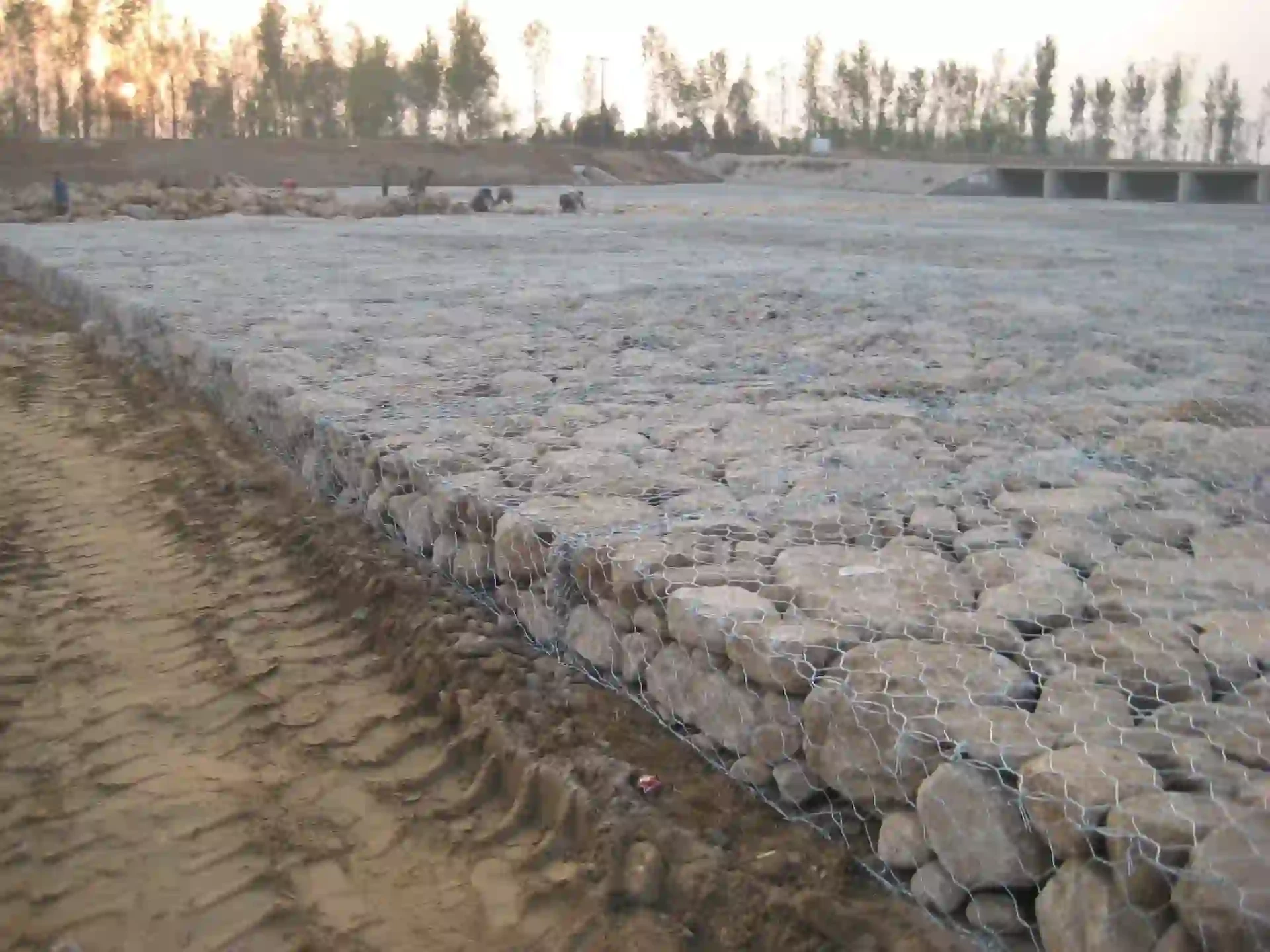-
 Phone:
Phone: -
 Email:
Email:

rebar tie wire
The Versatility and Importance of Rebar Tie Wire in Construction
Rebar tie wire is an essential component in the construction industry, primarily used to secure reinforcing bars (rebar) together to form a robust framework for concrete structures. This wire plays a crucial role in ensuring the structural integrity and durability of buildings, bridges, and other infrastructures. Its application extends across various construction projects, highlighting its versatility and importance.
One of the primary uses of rebar tie wire is to maintain the proper spacing and alignment of rebar within concrete forms. When building structures, concrete alone cannot support significant loads. Reinforcing bars are embedded within the concrete to enhance its tensile strength, which allows the structure to withstand various stresses, such as tension, compression, and bending. Rebar tie wire is employed to tightly bind these bars together, preventing them from shifting during the concrete pouring process. This ensures that the rebar maintains its intended position, which is critical for the overall stability of the structure.
The wire itself is typically made of steel, chosen for its strength and resistance to corrosion. It comes in different gauges, allowing construction professionals to select the appropriate thickness based on their specific needs. While the standard gauge is often around 16 or 18, builders may opt for heavier wire in high-stress areas. The flexibility and pliability of the wire make it easy to work with, enabling quick and efficient tying of rebar.
Using rebar tie wire is not just a matter of functionality; it also contributes to safety on construction sites. Properly secured rebar minimizes the risk of accidents caused by loose or shifting bars. Inadequately secured rebar can lead to structural failures, posing serious risks to workers and the longevity of the structure. By using tie wire, builders can mitigate these hazards, ensuring a safer work environment.
rebar tie wire

Moreover, the use of rebar tie wire is often guided by local building codes and regulations
. These standards dictate the minimum requirements for rebar spacing, securing methods, and overall reinforcement design. Adhering to these regulations is essential for compliance and ensuring that structures are built to withstand various loads and environmental factors. Using quality tie wire that meets these standards is fundamental to achieving compliance and promoting effective construction practices.The application of rebar tie wire is not limited to vertical structures; it is also extensively used in horizontal applications. For instance, in the construction of slabs and pavements, rebar is laid out in a grid pattern and then tied together using wire. This reinforcement is vital in preventing cracking and deformation as the concrete cures and ages. The use of tie wire enhances the overall performance of the concrete pavement, ensuring it remains intact under heavy loads and various environmental conditions.
Innovation in the use of rebar tie wire has also led to advancements in construction practices. For instance, the development of automated tying machines has made the process faster and more efficient, reducing labor costs and enhancing precision. These machines can tie rebar with consistent tension, further improving the structural integrity of the reinforcement.
In conclusion, rebar tie wire is a small yet indispensable tool in the construction industry. Its ability to secure reinforcing bars ensures that concrete structures maintain their strength and stability over time. As construction practices continue to evolve, the importance of this seemingly minor component remains ever-greater, underscoring the pivotal role it plays in building safe and durable infrastructures. Whether in residential, commercial, or industrial projects, rebar tie wire helps create the backbone of modern construction.
-
Wire Mesh for Every Need: A Practical SolutionNewsJul.25,2025
-
Steel Fences: Durable, Secure, and Stylish OptionsNewsJul.25,2025
-
Roll Top Fencing: A Smart Solution for Safety and SecurityNewsJul.25,2025
-
Cattle Farm Fencing Solutions for Maximum SecurityNewsJul.25,2025
-
Affordable Iron Binding Wire SolutionsNewsJul.25,2025
-
Affordable Galvanized Wire SolutionsNewsJul.25,2025
-
Wire Hanger Recycling IdeasNewsJul.25,2025








